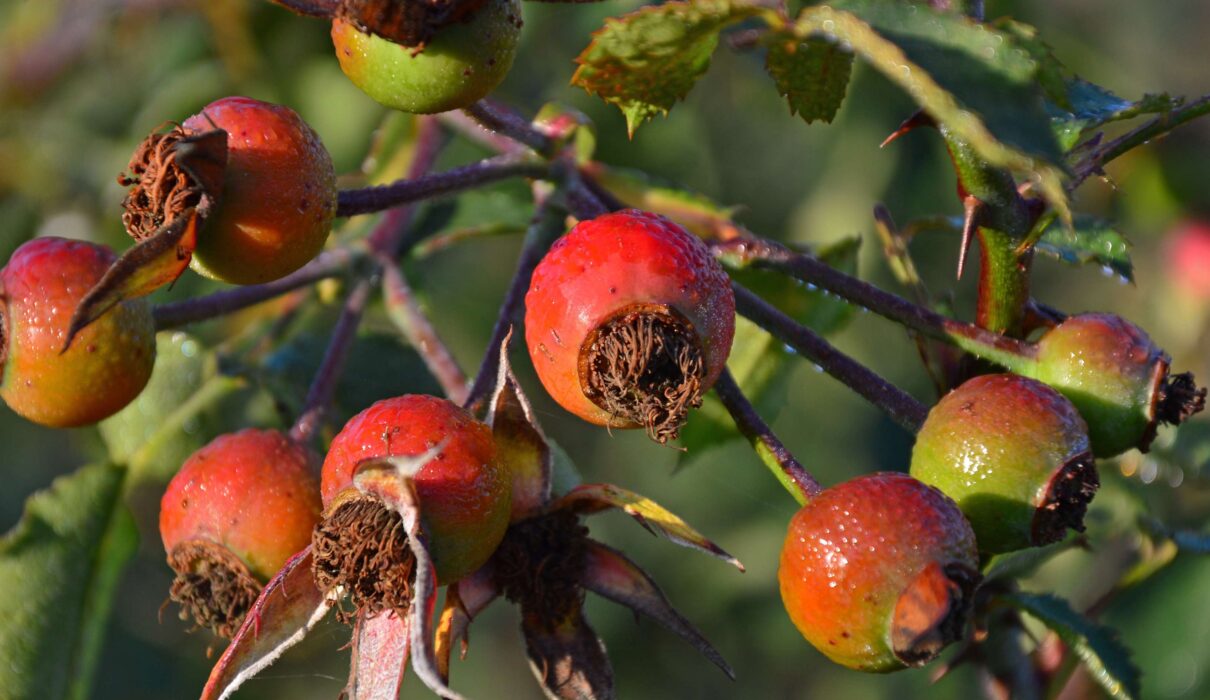Do you know those bright red berries growing on your rose bushes are more than just pretty decorations? Rose hips are nature’s own superfood, packed with Vitamin C, antioxidants, and nutrients that can boost your immune system, improve your skin, and enrich your recipes.
In this article, I will teach you everything about harvesting, preparing, drying, and using rose hips so you can unlock their full potential.
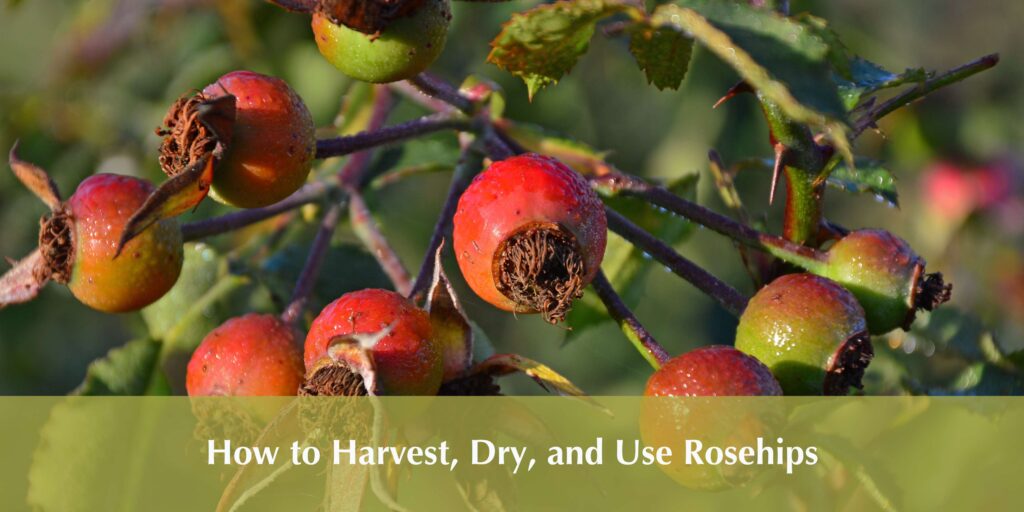
What Exactly Are Rose Hips?
Rose hips are the vibrant, berry-like fruits that develop on rose bushes once the flowers fade. They come in shades of bright red, orange, and sometimes even purple or black, depending on the rose variety. One of the most prized species for rose hips is Rosa rugosa, which produces large, flavorful hips that grow both in wild coastal areas and gardens.
These fruits are not only decorative but are also nutrient powerhouses. Rose hips are rich in:
- Vitamin C (up to 40 times more than oranges)
- Vitamin E and Vitamin F (linoleic acid)
- Flavonoids and polyphenols – potent antioxidants
- Essential fatty acids and retinoids that help skin regeneration

The Fascinating History of Rose Hips
People have used rose hips for centuries, particularly in Europe and Asia, as natural remedies to boost immunity and fight inflammation. Indigenous peoples incorporated them into their diets and medicines. Rose hips have also found their way into traditional herbal teas, jams, syrups, and topical skin treatments.
When Is the Best Time to Harvest Rose Hips?
Timing your harvest right is key to getting the sweetest, most nutrient-dense rose hips:
- Rose hips ripen in late summer through early winter.
- The best time is after the first light frost, which naturally sweetens the fruit and improves its flavor.
- Avoid picking hips that are soft, mushy, or shriveled, as these may be overripe or spoiled.
- Always harvest from bushes free of pesticides or chemicals.
Step-by-Step Guide to Harvesting Rose Hips

- Prepare your tools: Sharp garden scissors or pruners and thick gloves to protect your hands from thorns.
- Select the right hips: Look for firm, bright red or orange berries that are intact and healthy.
- Cut carefully: Snip the hips with a small stem attached to keep them fresh longer.
- Collect in a basket or container: Avoid crushing them to prevent spoilage.
How to Prepare Rose Hips for Cooking and Consumption
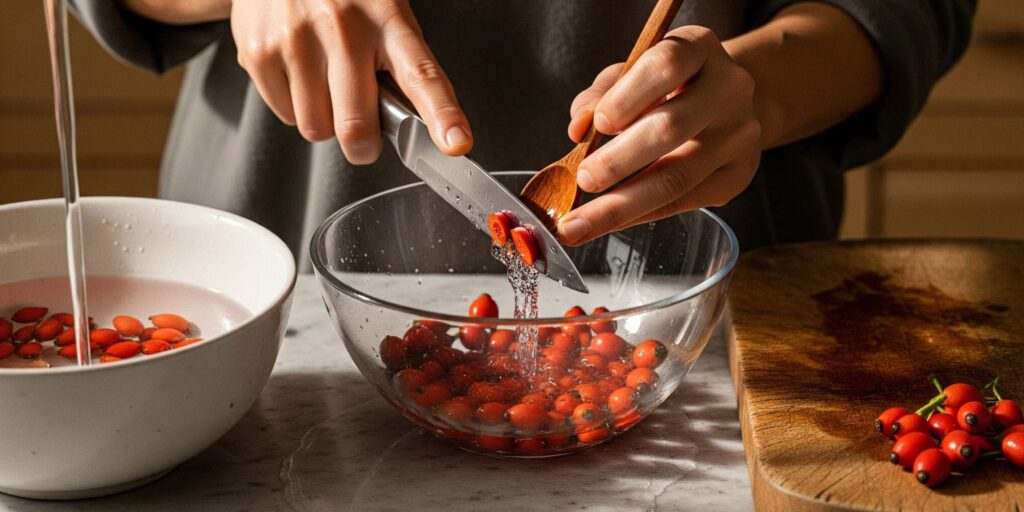
Rose hips have tiny hairs inside that can irritate your mouth and digestive tract, so proper preparation is necessary:
- Wash the hips thoroughly to remove dirt and any insects.
- Cut off the blossom and stem ends with a sharp knife.
- Slice each hip in half to access the seeds and hairs inside.
- Scoop out the seeds and hairs carefully using a butter knife or spoon. This step may be tedious but is crucial for a smooth texture.
- Rinse again under cold water to get rid of any remaining hairs.
Drying Rose Hips: Best Methods to Preserve Nutrients

Drying rose hips extends their shelf life and keeps their nutritional benefits intact:
- Air drying: Place whole or halved hips on trays or mesh screens in a warm, dry, and ventilated space. This method may take several weeks, especially in humid areas.
- Oven drying: Spread hips evenly on a baking sheet and dry at the lowest heat setting for several hours, checking frequently to avoid burning.
- Food dehydrator: This is the most efficient and safest method. Dry at about 100°F (38°C) for 20–24 hours until hips become brittle.
Storage tips: Keep dried rose hips in airtight glass jars or containers away from sunlight and moisture to preserve freshness for up to 1–2 years.
How to Use Rose Hips in Your Daily Life
Rose hips are extremely versatile and can be used in many delicious and healthful ways:
1. Rose Hip Tea

- Use 1–2 teaspoons of dried or fresh rose hips per cup of boiling water.
- Steep for 10–15 minutes, strain, and enjoy a tangy, vitamin-packed tea.
- Blend with herbs like hibiscus, lemongrass, or dried apples for flavor variety.
2. Rose Hip Jelly and Syrup

- Cook prepared hips with sugar and pectin to make nutrient-rich jams and syrups.
- These are great immune boosters, especially in cold and flu season.
3. Rose Hip Oil for Skincare
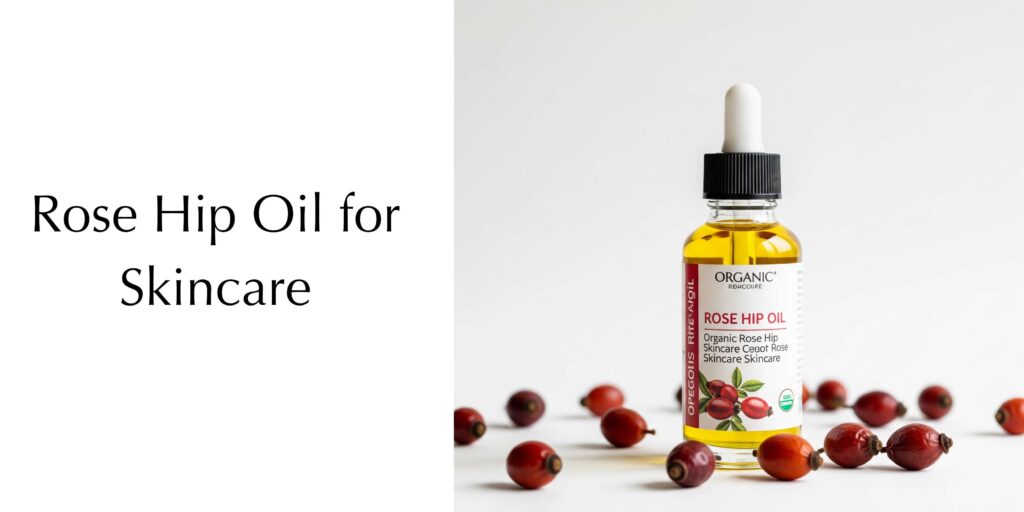
- Infuse dried rose hips in carrier oils such as jojoba or argan oil for several weeks to extract beneficial compounds.
- Rose hip oil is famed for reducing acne scars, fine lines, and moisturizing dry skin.
4. Medicinal Honey
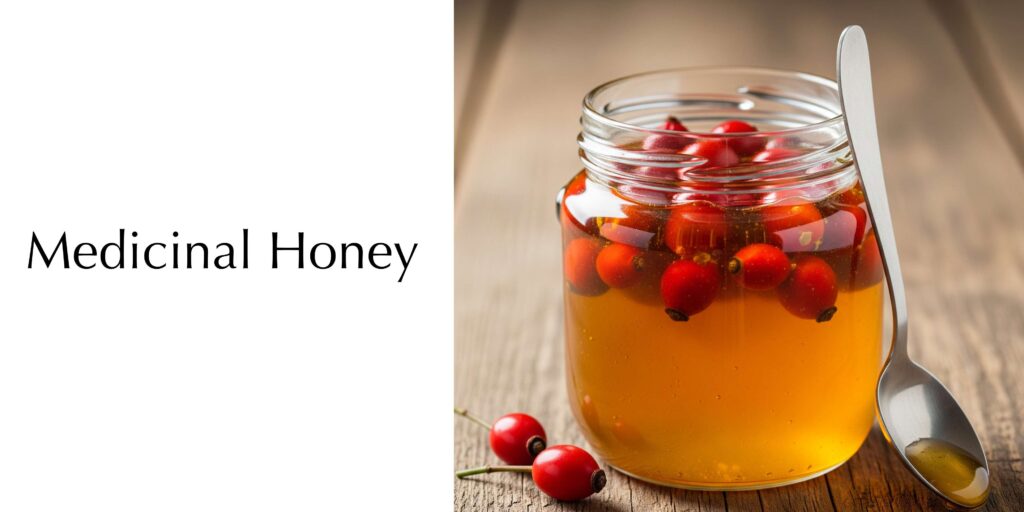
- Add rose hips to raw honey to create a soothing, immune-supporting remedy.
5. Culinary Uses

- Powder dried rose hips and add to smoothies, baked goods, or soups for a nutritional boost.
- Add to bone broth or vinegar infusions for subtle fruity notes.
The Science Behind Rose Hips: Health Benefits You Can Trust
Research shows rose hips can:
- Reduce inflammation: Helpful for arthritis and joint pain sufferers.
- Boost immunity: Thanks to their extraordinary Vitamin C levels.
- Combat oxidative stress: Their antioxidants protect cells from damage linked to chronic diseases.
- Improve skin health: Retinoids and linoleic acid aid skin repair, reducing scars, hyperpigmentation, and redness.
Safety and Allergy Information
- Only consume rose hips from organic or pesticide-free sources.
- Always remove seeds and hairs to prevent irritation.
- If you’re pregnant, breastfeeding, or on medication, consult a healthcare professional before use.
- Patch test rose hip oil on skin before applying extensively.
Frequently Asked Questions (FAQs)
Q: Can I eat rose hips raw?
A: It’s best to remove the seeds and hairs first as they can irritate your mouth and gut.
Q: How long do dried rose hips last?
A: Stored properly in airtight containers, dried rose hips remain potent for 1–2 years.
Q: How do I make rose hip tea?
A: Steep 1–2 teaspoons of dried or fresh rose hips in boiling water for 10–15 minutes, then strain.
Q: Can rose hips help with arthritis?
A: Yes, studies suggest rose hips reduce joint pain and inflammation.
Q: Are rose hips safe for pets?
A: Generally yes, but consult your vet before feeding rose hips to your pets.
Q: How can I grow rose hips at home?
A: Plant rose bushes like Rosa rugosa, ensure organic care, and wait for blooms to turn into hips after flowering.
Final Thoughts: Why Rose Hips Should Be Part of Your Routine
Rose hips combine natural beauty with impressive health benefits. Their rich nutrient profile, long history of use, and versatility in cooking and skincare make them a must-have for natural wellness lovers. Whether you’re harvesting your own or purchasing dried hips, using them correctly unlocks powerful antioxidants and vitamins to boost your health and glow from inside out.


